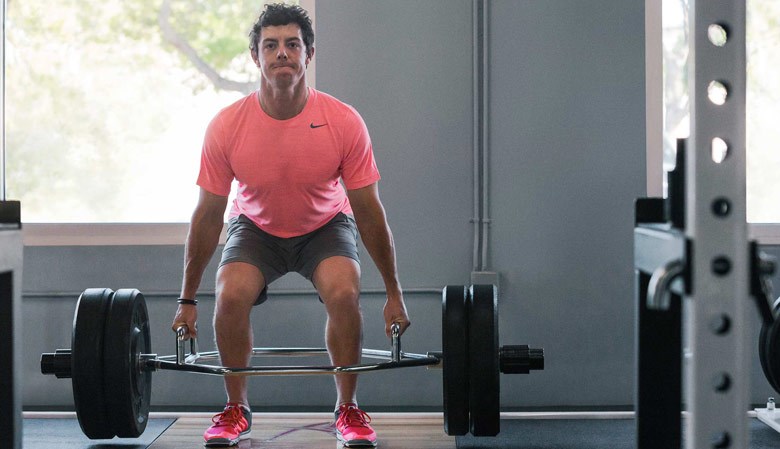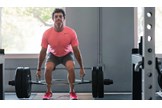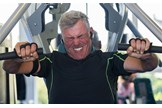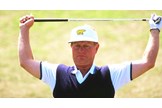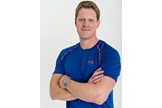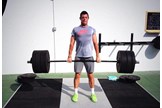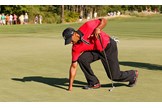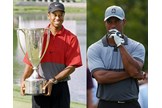Should golfers lift weights?
Published:
Should golfers lift weights? It’s a debate that’s been around for years, brought back into the spotlight recently when Brandel Chamblee voiced concerns about the type of physical training Rory McIlroy has been doing.
“I think more than anything of what Tiger Woods did early in his career with his game was just an example of how good a human being can be,” Chamblee said of Woods’ extensive training regimen.
“What he did towards the middle and end of his career is an example to be wary of. That’s just my opinion. And it does give me a little concern when I see the extensive weightlifting that Rory is doing in the gym.”
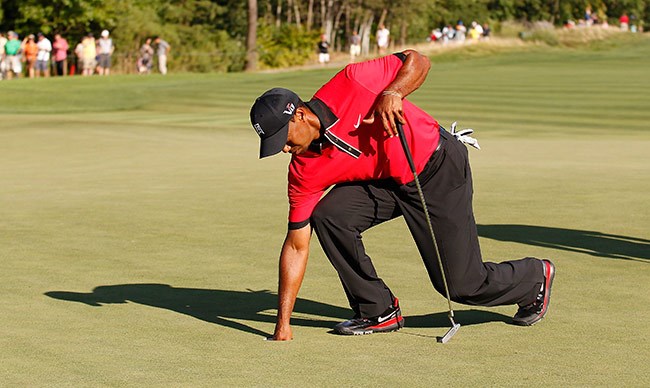
Some feel that gym-obsessed golfers are damaging their bodies and shortening their careers, while others believe that golf is a hugely physical sport, and the athleticism required to perform such a powerful motion, so many times, means that time spent in the gym is just as important as time spent on the practice ground
We wanted to know for sure, so we asked someone who we thought could clear things up, once and for all.
John Waghorn (http://www.johnwaghorntraining.co.uk) is a strength coach and golf conditioning expert. He’s also a scratch golfer and certified trainer with the Titleist Performance Institute. In short, there’s no better man to answer the big questions about the role of physical training in golf.
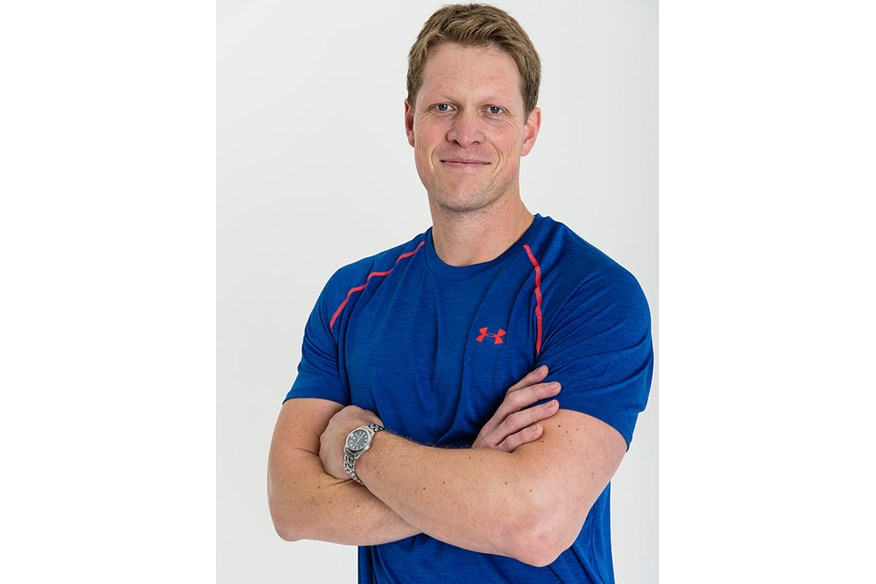
What kind of people do you work with?
The majority of my clients are golfers. They range from seven-year-old juniors to passionate amateurs of all ages, plus male and female golf professionals.
I also work with athletes across multiple sports, as when it comes to efficient rotation and movement, the fundamentals are very similar.
Have you seen an increase in golfers doing physical training?
There certainly has been a significant increase as more amateurs look to the professional ranks and see athletes on the fairways across both male and female tours. Physical conditioning is given as much focus as time on the range at the top level.
The key to success is ensuring the trainer, swing coach and, if needed, physio, work as a team in developing the player. Done correctly, the right type of training can translate into great performance on the course and increased longevity. Where this goes wrong for amateurs is when they try to put together their own training programme.
Is there a danger of golfers ruining their swings or shortening their career by overdoing it in the gym?
A training programme developed and delivered by a qualified golf specialist will protect the player from overdoing their training and ensure they follow a periodised model to suit their athletic development and schedule. Incorporating adequate periods of rest and recovery as well as focusing on their nutrition is essential to optimise performance.
As mentioned in the previous question, as long as the player has a good team around them working in unison this will enhance their career prospects, not hinder them.
Only when training is done in isolation without the guidance of the right people will issues arise. Your swing will become more efficient as your body adapts to the training and the results will follow. I think Rory is a great example of this.
Do you think Tiger Woods’ injury problems are a result of bulking up too much?
It’s very difficult to comment if that was the issue for Tiger without knowing his physical makeup prior to him starting bulking up from around the age of 24. He has had four operations on his knees and three on his back. Whether the injuries are down to the sheer number of years of practise and the unbelievable velocity and force he generated is tough to speculate.
People often worry about doing damage in the gym, but consider this: a golfer’s pelvis can experience up to 9G of force when hitting a driver. If you want to worry about anything, worry about that!
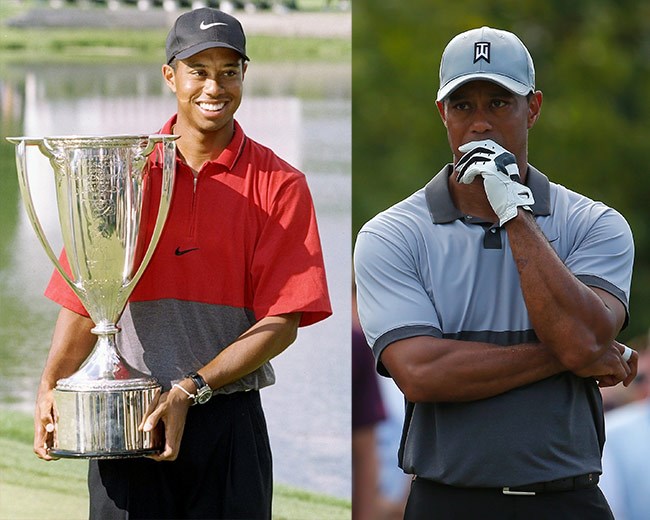
So we’re more likely to get injured in the swing than in the gym?
The repetitive nature of the golf swing predisposes both the professional and amateur golfer to injury. The objective of any exercise program is to enhance performance as well as prevent injury. Golf is such a one-sided rotational sport and I believe that focusing on multiple sports throughout your formative years is really paramount to become a balanced athlete. Ensuring you are athletically balanced in both directions will help prevent the one-sided rotational pattern developing and keep you on the fairways.
What type of training should golfers be doing?
For me the biggest area of development and awareness in golf training is the Body-Swing Connection. What does this mean? If we analysed your swing today it would show how your body’s limitations directly affect your golf swing and subsequent performance, potentially leading to injury. Identifying what those limitations are is the first step – the Physical Screening.
Without a full physical movement screening you are just guessing what your body is capable of and I would certainly not start a training programme on that basis. Once you know your limitations you can formulate a training programme and begin with the correct exercises.
You need to take your time with the correct training following the optimal performance model starting with functional movement (mobility, balance, movement coordination). From there you can progress onto developing strength, power and muscular endurance.
Again this is where the right trainer will work with the golf coach and agree how to help you achieve the best from your body and game. If your trainer is not engaged in helping you swing it better and helping you improve your game then you may want to reconsider.
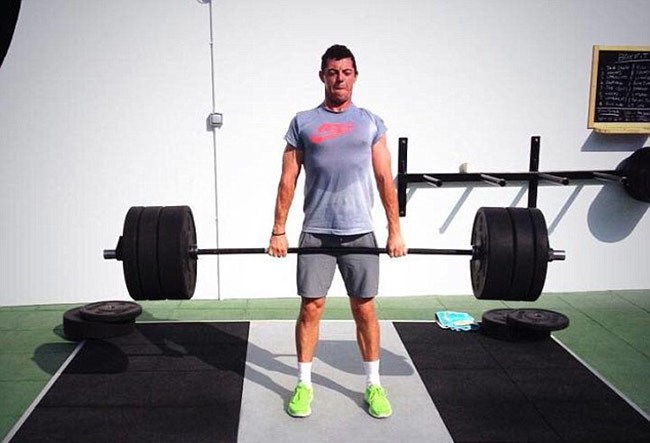
And what shouldn’t they be doing?
Avoid Self-Directed Training Programmes. Even if you have a strong fitness background, without the correct focus the exercises you put together will not be taking into account your strengths and weakness and will therefore cause you more harm than good.
Isn’t it better to be doing something rather than nothing?
Only if you’re doing the right things. Here are some considerations:
1) Without thorough screening, you are training in the dark.
2) If you don’t know you have limitations you are not going to be training to correct them, so there will be no benefit to your golf game and you are more likely to get injured.
3) Many people do the wrong type of stretching, as they are unaware of which muscle groups they need to focus on or whether the issue is a flexibility problem or a joint mobility issue.
4) Don’t jump straight into strength training. This can lead to injuries and building on areas which already have mobility or stability issues.
5) Don’t train in singular planes of movement. The golf swing is a very coordinated athletic multiplanar motion and traditional training is just not going to deliver any benefit.
6) Make sure you spend enough time mastering the movement fundamentals – mobility, balance and movement coordination. A house with poor foundations…
Working with the right trainer is paramount if you really want to avoid these pitfalls and ensure you take your game to the next level.
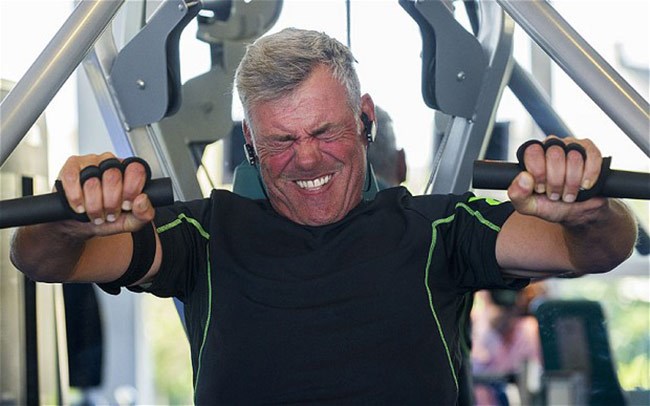
What performance benefits will golfers see from the right type of training?
I don’t think I have met a golfer who didn’t want to hit it further. That is certainly a benefit you will achieve. Along with that the benefits are relative dependant on your starting point.
Typically you will see increased range of motion which will lead to better upper and lower body separation, greater club head speed, increased hip rotation, better control of the golf club and certainly less aches and pains after your round.
Ultimately, injury prevention and enjoyment of the game is key. When you are injured you are not on the course and if golf is your favourite hobby or your career you want to avoid that downtime.
What do you say when people raise the point that some of golf’s greats were never seen pumping iron?
The fitness truck on the PGA Tour only launched in the early 80s. Prior to that it was up to the individual to seek their own trainer – so many did not. When the greats were in their prime, gyms and pumping iron was seen more as a bodybuilding pursuit rather than the sport-specific training we see now.
To have a balanced view, you need to look at some of the greats and realise that they have also not been immune to the demand golf puts on the body. Jack Nicklaus and Tom Watson have both had hip surgery caused by the one-sided rotational demand of the game.
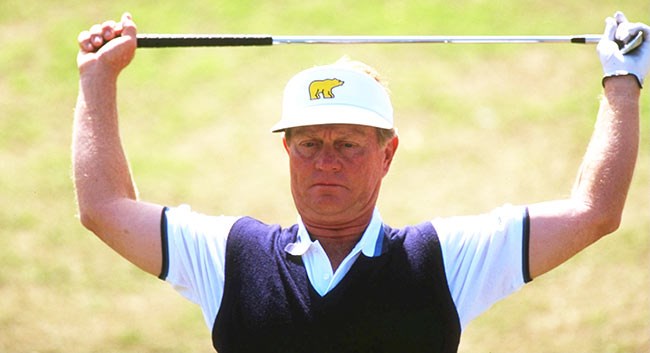
Jack started a training regime in the mid-80s even after his Masters win to enhance his longevity in the game.
The forerunner to golf fitness is the great Gary Player. He understood the importance of being muscularly balanced on both sides of the body in order to protect from injury. Now in his eighties, he is still training every day and has managed to avoid any major career stalling injuries.
Where do you stand on the McIlroy v Chamblee debate?
I think many of us see the likes of Rory squatting large weights in the many social feeds and believe that looks excessive. But Rory has a great team around him and has re-built himself physically from the ground up.
Prior to starting his training Rory admitted he struggled to complete a 30-second plank and couldn’t balance on one leg for more than 10 seconds. These are both indicators that he had limitations and needed to address them in order gain more control and take his game to the next level. All these factors would have shown up when he did a physical screening with his trainer before they started any work in the gym.
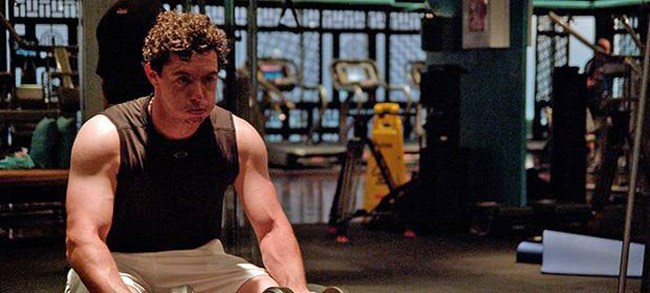
Rory would have put in a lot of time in on the basic movement fundamentals and worked on correcting his limitations and weaknesses before progressing on to any strength and power training. You don’t get to that point without going through daily, weekly, monthly progressions in your training.
People now see him pushing heavy weights and make a judgement but I think if we had seen the road he has taken to get to where he is now, we would feel great admiration for his work ethic and commitment.
For any aspiring golfers, don’t try those exercises unless you, like Rory, have worked with a golf specialist and put in the time.
